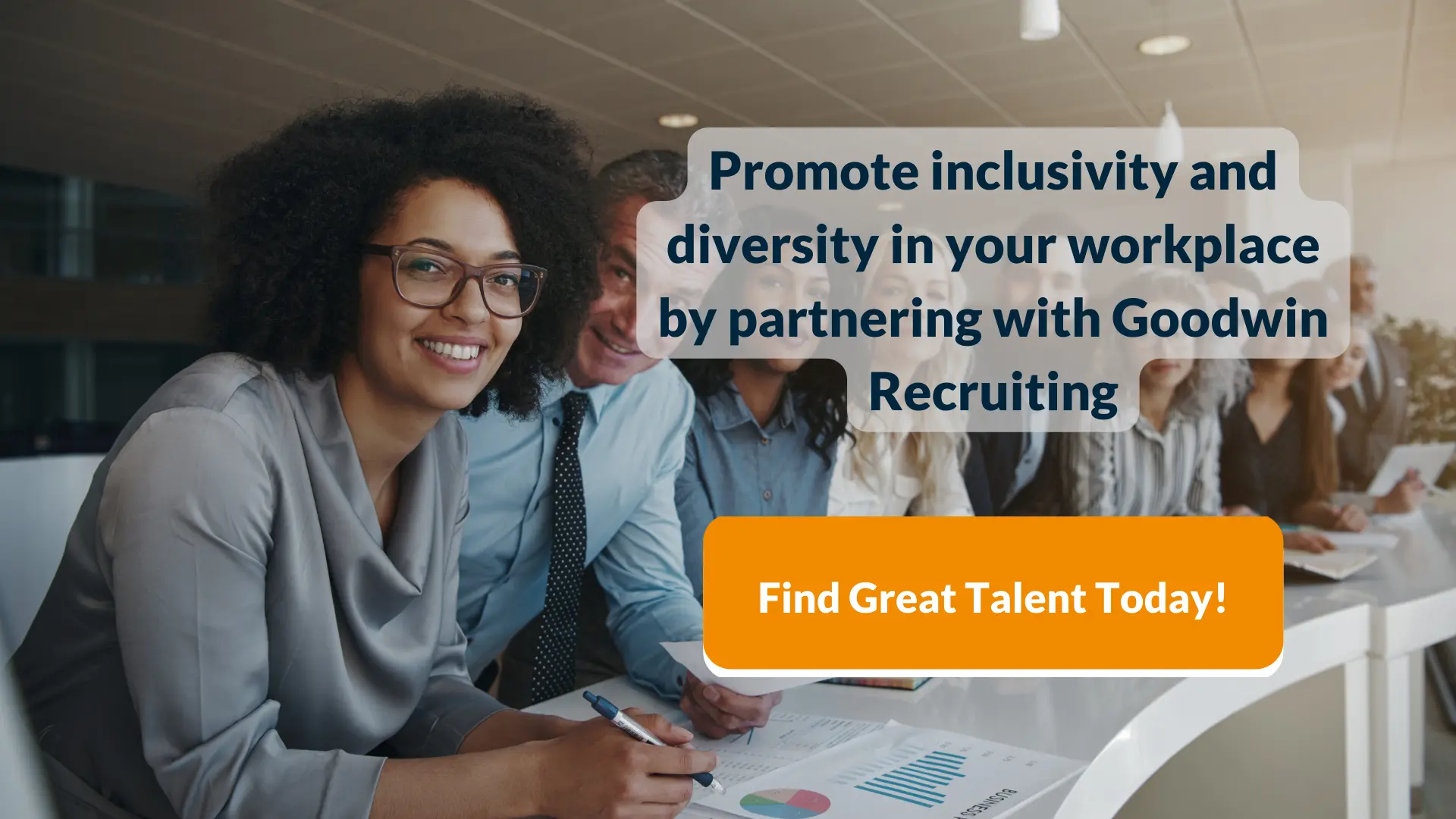"Embracing diversity is the key to unlocking the full potential of our workplace community."
Promoting Respect for Pronouns, Identity, and Orientation in the Workplace
Have you noticed how a lot more people are sharing their pronouns when they introduce themselves or in meetings? It may seem small, but it is truly important. By sharing pronouns, we're trying to create a more inclusive environment for all employees. It's all about respecting everyone's gender identity and making sure everyone feels welcome.
Pronouns, identity, and orientation are important aspects of diversity and inclusion in the workplace and understanding them is crucial for creating a supportive and respectful environment for all employees.
- Pronouns:
- Pronouns are the words that people use to refer to themselves in conversation. Examples include "he/him/his," "she/her/hers," and "they/them/theirs." It's important for employers to respect and use the correct pronouns for each employee. When in doubt, ask politely and respectfully, or include pronoun preferences in email signatures and introductions to normalize the practice.
- Identity:
- Identity refers to how individuals perceive themselves and how they want to be seen by others. This includes aspects such as gender identity, racial or ethnic identity, and cultural identity. Employers should recognize and respect each employee's unique identity and avoid making assumptions based on stereotypes or preconceived notions.
- Orientation:
- Orientation refers to an individual's sexual orientation, which can be heterosexual, homosexual, bisexual, pansexual, asexual, or other. It's important for employers to create an inclusive environment where employees feel comfortable being open about their sexual orientation if they choose to do so. This includes implementing policies that prohibit discrimination based on sexual orientation and providing resources and support for LGBTQ+ employees.
By understanding and respecting pronouns, identity, and orientation, employers can create a workplace where all employees feel valued, respected, and supported, leading to increased morale, productivity, and retention.
Beyond Assumptions: Fostering Inclusion Through Self-Identity and Respect
Self-identity is significant because it shapes how individuals perceive themselves and how they want to be seen by others. It encompasses various aspects of a person's identity, including their gender identity, sexual orientation, race, ethnicity, culture, and more. Respecting self-identity is crucial for creating an inclusive and supportive environment where everyone feels valued, respected, and accepted for who they are.
When individuals express their true selves and have their identities acknowledged and respected by others, it fosters a sense of belonging, increases morale and productivity, and promotes diversity and inclusion within the workplace.
Avoiding assumptions is crucial for creating an inclusive and respectful workplace. Here are some ways to avoid making assumptions:
- Ask, don't assume: Instead of making assumptions about someone's gender identity or sexual orientation, ask them how they identify and how they would like to be addressed.
- Use inclusive language: Use gender-neutral language whenever possible to create an inclusive environment where everyone feels welcome.
- Educate yourself: Take the time to educate yourself about different gender identities and sexual orientations so that you can better understand and respect the diversity of experiences within your workplace.
- Respect privacy: Remember that not everyone may feel comfortable sharing personal information about their gender identity or sexual orientation, and that's okay. Respect their privacy and only ask if it's relevant to the situation.
By avoiding assumptions and respecting self-identification, you can create a workplace where everyone feels valued, respected, and included.
Diversity in Action: Strategies and Initiatives for a More Inclusive Workplace
How Can Goodwin Recruiting Assist?
- Training and Education:
- Training sessions and educational resources for employers and hiring managers on topics such as pronoun usage, gender identity, and LGBTQ+ inclusion in the workplace.
- Candidate Screening:
- Ensuring that job postings and candidate screening processes are inclusive and free from bias, such as using gender-neutral language in job descriptions and avoiding discriminatory questions about gender identity or sexual orientation.
- Candidate Support:
- Provide support and resources for candidates who may be navigating their gender identity or sexual orientation, such as access to LGBTQ+ affinity groups, counseling services, and information about workplace support networks.
- Advocacy and Support:
- Advocation for LGBTQ+ inclusion within the organization and provide ongoing support and guidance to employers and hiring managers on best practices for creating an inclusive and supportive workplace environment.
By working closely with your organization, our recruiters can help create a workplace culture that values diversity, equity, and inclusion, and ensures that all employees feel respected, valued, and supported, regardless of their gender identity or sexual orientation. Ready to promote inclusivity and diversity in your workplace? Let's partner together to build a team that reflects the richness of human identity and experience.



































